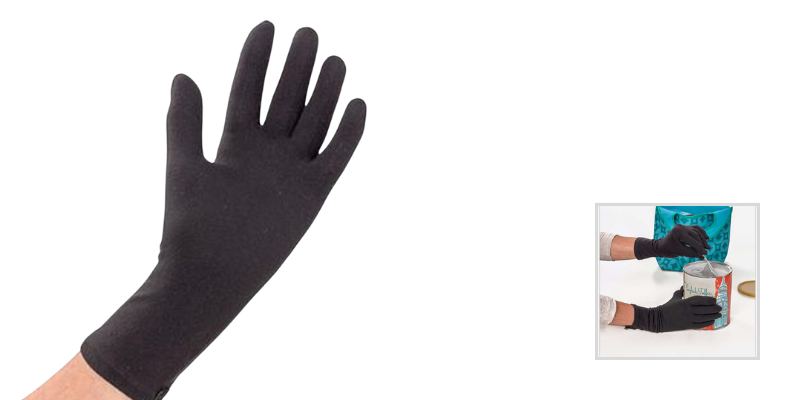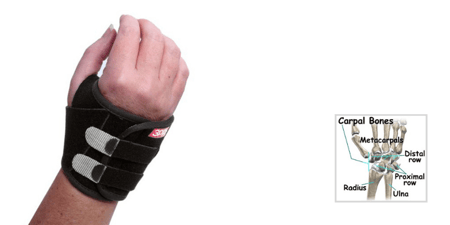Inflammation on the Body
You can’t open up a professional journal without seeing clinical evidence of the effects of inflammation on the human body:
- Brain inflammation has been linked to clinical depression
- New evidence links inflammation with hypertension
- Inflammation resulting from obesity is likely the root cause of diabetes
Terms & Techniques for Inflammation
At the same time, recent literature reveals that we are reconsidering terminology and treatments for swelling. For years, tendinitis and tenosynovitis were the general terms used to describe painful tendon conditions thought to be due to inflammation. However, healthcare professionals are paying attention to more precise descriptive terms for degradation of the tendon as opposed to swelling of the tendon or surrounding soft tissue. Tendinitis translates to inflammation of the tendons; however, most tendon pain is related to improper healing of the tendons. Therefore, we are turning to the terms tendinopathy and tendinosis to differentiate tendon injuries.
Further, non-steroidal anti-inflammatories, such as ibuprofen and naproxen, have long been a steadfast treatment for swollen joints because of their ability to inhibit or kill the enzyme cyclooxygenase. But, new research points back to the use of good old-fashioned aspirin. In August, a paper published in the Proceedings of the National Academy of Sciences notes that aspirin not only kills cyclooxygenase, it also prevents production of the prostaglandins that cause inflammation and pain, potentially accelerating the healing process.
Although we may be re-thinking and reconsidering these terms and techniques, our goals for our patients remain the same -- to reduce pain and swelling, hinder disease progression, and increase mobility and function.
Treatment Options for Inflammation
We are all familiar with rest, ice, splinting and braces, along with those anti-inflammatories. But, have you tried contrast baths or therapeutic gloves to help reduce inflammation in your patients’ hands and joints?
Contrast Baths - a hot/cold hydrotherapy immersion technique, involves immersing the hands or joints in cold water followed by immediate immersion in warm or hot water. The cold water causes vasoconstriction while the hot water causes vasodilation. Alternating the two reduces localized inflammation. For this reason, athletes often use contrast baths to hasten muscle recovery after a tough workout. To create a contrast bath for your patient, fill one large bowl with hot water (less than 110 degrees) and fill a second with cold water (about 45 degrees). Help your patient plunge his or her hand into the hot water for 2-3 minutes. Follow with a plunge into the cold water for 1 minute. Return to the warm water for 2-3 minutes. Follow with cold for 1 minute. Repeat the alternating pattern for a total of four times ending with warm water.
Therapeutic Gloves - For patients with rheumatoid arthritis, several studies conclude that compression gloves reduce swelling as well as pain and stiffness. Gloves such as Protexgloves help support affected joints and minimize swelling. Through light compression, these comfortable gloves help relieve the aches and pains of arthritis and decrease swelling for less stiffness and better motion.




